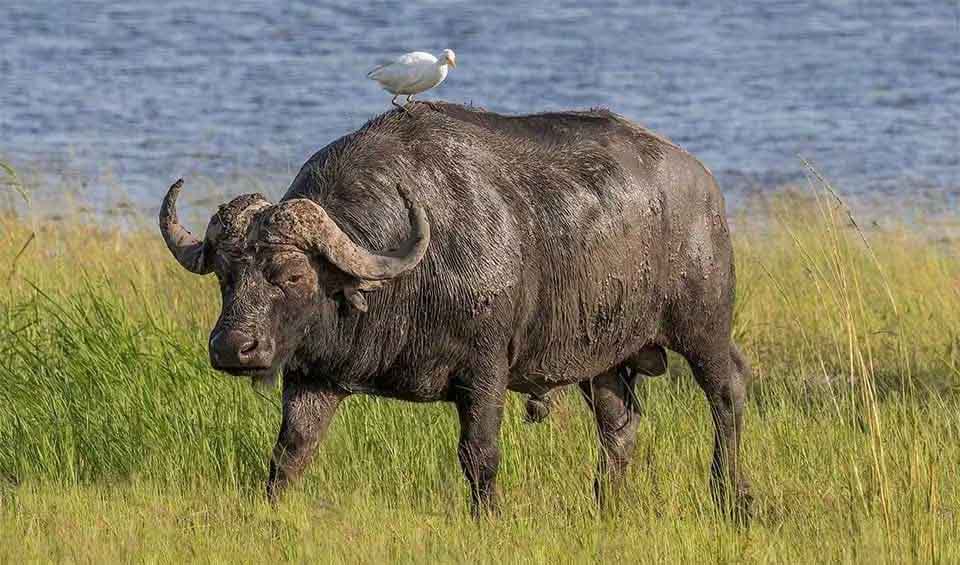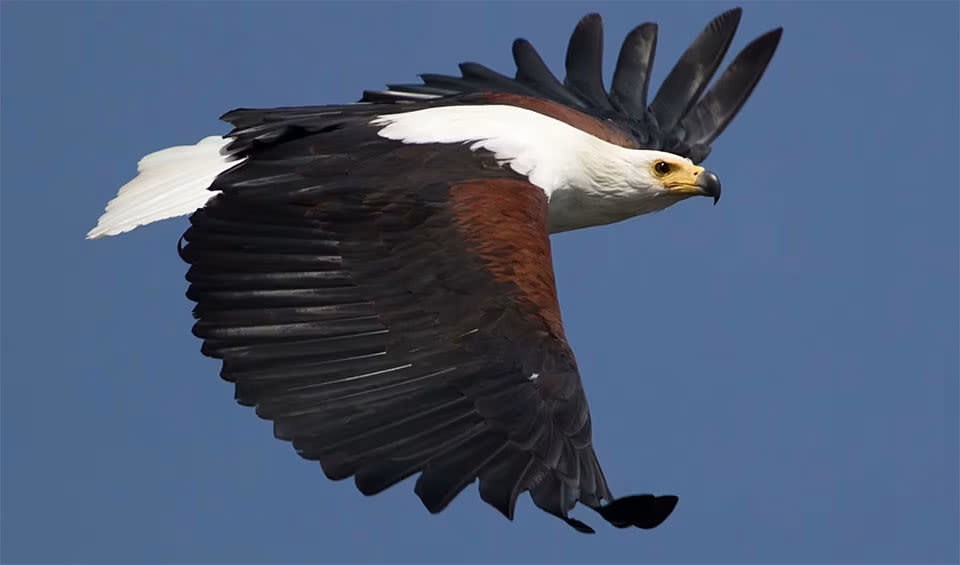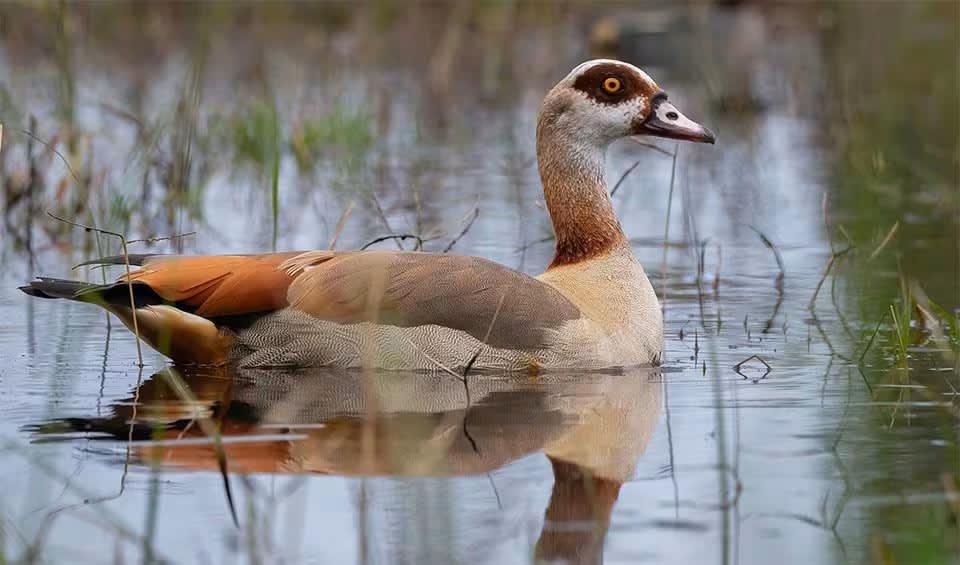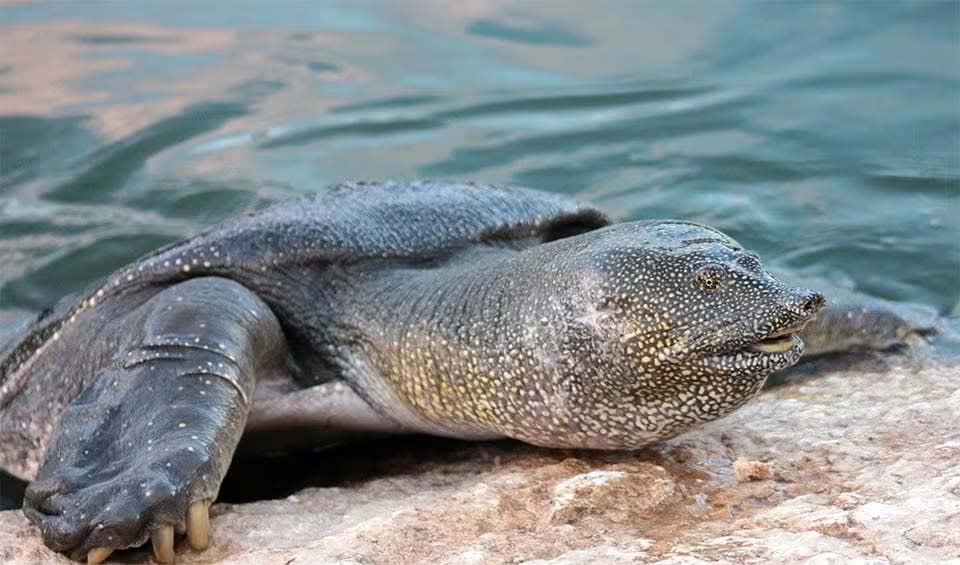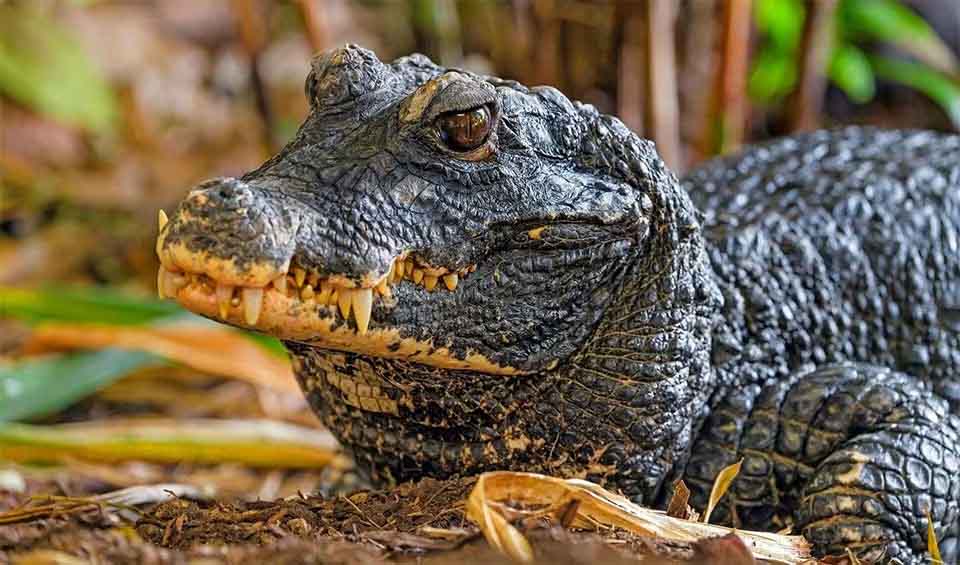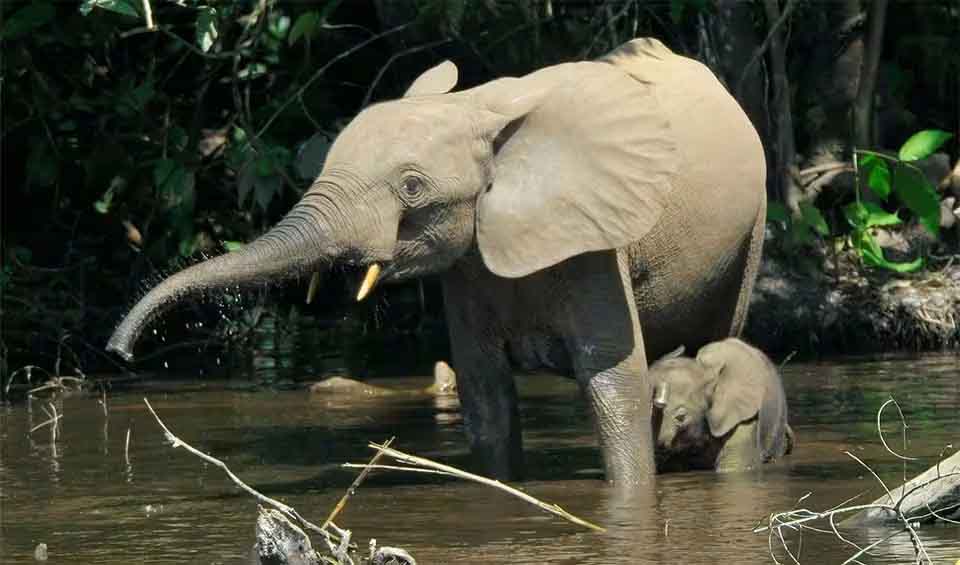Guinea is one of the world’s most ecologically rich countries, harboring about 7% of West Africa’s documented species within just 0.25% of the world’s total land area. Despite economic challenges, Guinea maintains an impressive array of wildlife and habitats. From the steamy forests of the Guinean Highlands to the arid savannas of the Sahel and the lush coastal plains, Guinea provides a range of environments that support an incredible diversity of life.
This biodiversity includes emblematic species such as the endangered western chimpanzee, the vividly colorful mandrill, and the elusive African leopard. Guinea is also home to a vast array of birds, reptiles, and marine species, benefiting from its position between the Atlantic Ocean and dense inland forests. The country includes parts of the Guinean Forests of West Africa, recognized as one of the world’s biodiversity hotspots due to its vast array of endemic species.
Four pillars elaborated:
In 2008, an assessment of Guinea’s protected area system emphasized the necessity for expansion and enhanced management. Specifically, it proposed the creation of new protected areas, notably in the Fouta Djallon highlands and along the coastline. The assessment also pinpointed various challenges confronting Guinea’s protected areas, such as insufficient funding and staffing, encroachment by local communities, lack of awareness and education, and inadequate law enforcement. To tackle these issues, the assessment advised increasing investment, fostering better collaboration with local communities, and launching more robust public awareness initiatives. Land Management
Land Management
The root causes of biodiversity changes stem from economic and political conditions, shifting demographics, unsustainable agricultural practices, poverty, limited economic alternatives, mismanagement, illiteracy, and non-compliance with traditional customs. Pressures on biodiversity include unsustainable agricultural methods like shifting cultivation and land clearing, extensive farming, overfishing, bushmeat hunting, and trade. Deforestation is exacerbated by the population’s heavy reliance on wood fuel, overexploitation of forest resources, climate change, and land degradation, leading to habitat fragmentation and species loss. Threats to Biodiversity
Threats to Biodiversity
Additionally, spontaneous bushfires consume vast amounts of wood annually, hindering natural revegetation and causing topsoil sterilization. Threats to water resources, including droughts, sedimentation, erosion, and river silting, are also significant concerns linked to climatic and human activities.
The Ministry of Environment and Sustainable Development has established the National Directorate for Biological Diversity and Protected Areas to oversee environmental matters. Additionally, laws like the Forest Code and Wildlife Protection Code, along with sector-specific policies, contribute to implementing the Convention on Biological Diversity (CBD) at the national level. The National Environment Action Plan (1994) has led to the development of strategies and plans, such as the National Forestry Action Plan (NFAP), Mangrove Development Scheme (SDAM), Energy Sector Study Program (PESE), and Policy Letter for Agricultural Development (LPDA), focusing on natural resource management. Capacity and Governance
Capacity and Governance
Biodiversity concerns are integrated into various sectoral strategies and action plans for forestry, animal husbandry, protected areas, agriculture, and mining. The Regional Program to Support the Integrated Management of Natural Resources in the Gambia and Niger River Basins (AGIR), conducted from 2001 to 2005, aimed to conserve and restore ecosystems in the region, involving community members, government agencies, and private entities. The program’s outcomes included the establishment of 300 forest community groups to manage forest resources in local areas.
Guinea’s National Biodiversity Strategy and Action Plan (NBSAP) sets forth the nation’s vision for preserving its abundant biodiversity, emphasizing proactive management for the well-being of current and upcoming generations. Spanning from 2015 to 2024, the NBSAP aims to accomplish key objectives, including the conservation of biological diversity, the promotion of sustainable utilization of natural resources, and the equitable sharing of biodiversity benefits. Future Trends
Future Trends
Biodiversity
Guinea is a crucial habitat for numerous endangered species such as elephants, Guinea’s tropical rainforests are part of the Upper Guinean Forest, a biodiversity hotspot recognized for its high levels of endemism. These forests are home to a variety of wildlife, including primates like chimpanzees, colobus monkeys, and Diana monkeys. The forests also support diverse bird species, reptiles, and numerous plant species, many of which are endemic.The northern and eastern regions of Guinea are dominated by savannas and grasslands, which are characterized by a mix of grasses and scattered trees such as baobabs and acacias. These ecosystems support a variety of wildlife, including antelopes, warthogs, and various bird species. The savannas also provide habitats for predators like lions and leopards, although their populations are increasingly under threat. The Haut Niger National Park is an important conservation area for protecting savanna biodiversity, supporting species like the West African giraffe and the roan antelope.
In the table below are the number of known species in several main groups, how many of these species are Threatened with extinction, and how many of them are Endemic (unique to Guinea only):
| Species (World rank) |
Threatened | % Threatened | Endemic | % Endemic | |
|---|---|---|---|---|---|
| Mammals | 254 (#42) | 30 | 11.8% | 3 | 1.2% |
| Birds | 635 (#47) | 22 | 3.5% | ||
| Reptiles | 704 (#6) | 9 | 1.3% | 4 | 0.6% |
| Amphibians | 81 (#43) | 5 | 6.2% | 8 | 9.9% |
| Fishes | 808 (#69) | 101 | 12.5% | 38 | 4.7% |
| Plants | 3,505 (#100) | 70 | 2.0% | 81 | 2.3% |
mammals
Northern giraffe
Most endangered giraffe species is witnessing silent extinction
Chimpanzee
Our closest living relative from the wild
African buffalo
They are also known as the “black death” or “widowmaker,” which says a lot about them – dangerous!
birds
African fish eagle
With its striking appearance and distinctive call, it is often referred to as the “voice of Africa”
Egyptian goose
They were commonly depicted in art from ancient Egypt
Black crowned crane
In some regions, they are regarded as messengers of the gods or as symbols of rain and fertility
reptiles
Western green mamba
A lethal beauty of the West African forests
African softshell turtle
Instead of a bony shell, it has a flat, leathery covering that helps it glide smoothly through the water
Dwarf crocodile
Timid nocturnal with broad snouts native to Africa, they are the smallest of all crocs
National Animals
African forest elephant
Inhabiting humid forests in West Africa; they are the smallest of the three elephant species


